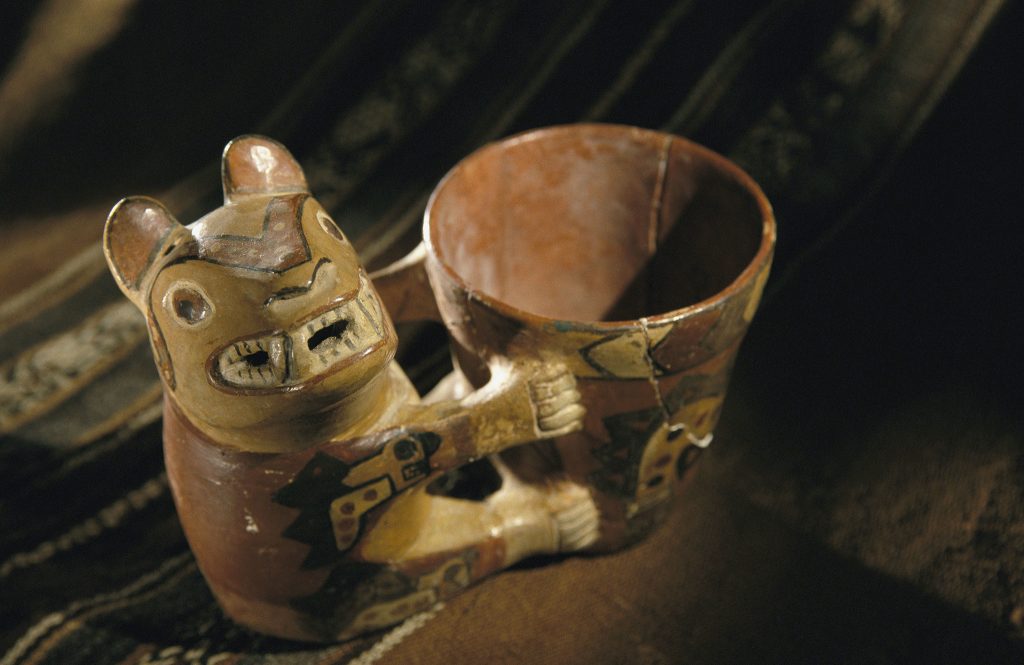Washington: A steady supply of beer may have helped keep the Wari empire in Peru running for 500 years, eventually giving rise to the Incas, a study has found.
At its height, the Wari empire covered an area the size of the Eastern seaboard of the US from New York City to Jacksonville. It lasted from 600 to 1100 AD, before eventually giving rise to the Inca.
Archaeologists are studying remnants of the Wari culture to see what kept it ticking.
“This study helps us understand how beer fed the creation of complex political organisations,” said Ryan Williams, an associate curator at the Field Museum in the US.
“We were able to apply new technologies to capture information about how ancient beer was produced and what it meant to societies in the past,” said Williams, lead author of the study published in the journal Sustainability.
Nearly twenty years ago, the team discovered an ancient Wari brewery in Cerro Baul in the mountains of southern Peru.
“It was like a microbrewery in some respects. It was a production house, but the brewhouses and taverns would have been right next door,” said Williams.
Since the beer they brewed, a light, sour beverage called chicha, was only good for about a week after being made, it was not shipped offsite — people had to come to festivals at Cerro Baul to drink it.
These festivals were important to Wari society — between one and two hundred local political elites would attend, and they would drink chicha from three-foot-tall ceramic vessels decorated to look like Wari gods and leaders.
“People would have come into this site, in these festive moments, in order to recreate and reaffirm their affiliation with these Wari lords and maybe bring tribute and pledge loyalty to the Wari state,” Williams said in a statement.
In short, beer helped keep the empire together, researchers said.
To learn more about the beer that played such an important role in Wari society, researchers analysed pieces of ceramic beer vessels from Cerro Baul.
They used several techniques, including one that involved shooting a laser at a shard of a beer vessel to remove a tiny bit of material, and then heating that dust to the temperature of the surface of the Sun to break down the molecules that make it up.
From there, the researchers were able to tell what atomic elements make up the sample, and how many — information that told researchers exactly where the clay came from and what the beer was made of.
To check that the ingredients in chicha could indeed be transferred to the brewing vessels, the researchers worked with Peruvian brewers to recreate the brewing process.
“Making chicha is a complicated process that requires experience and expertise. The experiments taught us a lot about what making chicha would look like in the ruins of a building and how much labour and time went into the process,” said Donna Nash, a professor at the University of North Carolina Greensboro, who led the brewing recreation.
The authors of the study argue that this steady supply of beer could have helped keep Wari society stable. The Wari empire was huge and made up of different groups of people from all over Peru.
“We think these institutions of brewing and then serving the beer really formed a unity among these populations, it kept people together,” said Williams.
PTI
